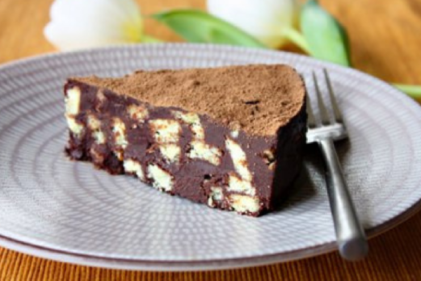Eating a balanced diet is important for everyone who wants to be healthy. If you’re wondering what your two to eight year old child should be eating to stay healthy, then consider this list:
The basis of your child’s diet should be carbohydrates, in the form of grains and starches, vegetables and fruit.
Ensure that your child is getting enough fibre by making sure that you choose whole grains whenever possible.
Vegetables are another important part of your child’s diet, and your child should be eating as many different colour vegetables as possible. From dark green leafy vegetables to orange ones, red ones and even purple, all have important nutrients that your child needs.
Add pulses and legumes, like beans, peas, and chickpeas to your child’s diet – these contain important vitamins and minerals, as well as lean protein.
Include a variety of fruit in your child’s diet. Choose fresh, canned, dried, or frozen fruits, and again, make sure that you’re including a variety of colours. Be wary of fruit juices, however, as these can be high in sugar, and low in fibre.
Fat is good, as long as it’s the right kind of fat. Give your child nuts, oily fish and olive oil, but be wary of saturated fats. Saturated fats are fats that are solid at room temperature – such as margarine, butter, animal fat, and lard.
Choose fat free or low fat milk and dairy products, including milk, cheese, yoghurt and others, or, if your child is lactose intolerant, look for milk substitutes like soymilk, or even broccoli, which has high calcium content.
When it comes to meat, fish and poultry, choose lean cuts, and pay attention to cooking methods. Don’t fry or sauté meats – rather grill, bake, steam, or boil them.
By making sure that your child has a varied diet, and that you choose healthy cooking methods, you can ensure that your child is getting a balanced and healthy diet, and a good start to a healthy life.
The basis of your child’s diet should be carbohydrates, in the form of grains and starches, vegetables and fruit.
Ensure that your child is getting enough fibre by making sure that you choose whole grains whenever possible.
Vegetables are another important part of your child’s diet, and your child should be eating as many different colour vegetables as possible. From dark green leafy vegetables to orange ones, red ones and even purple, all have important nutrients that your child needs.
Add pulses and legumes, like beans, peas, and chickpeas to your child’s diet – these contain important vitamins and minerals, as well as lean protein.
Include a variety of fruit in your child’s diet. Choose fresh, canned, dried, or frozen fruits, and again, make sure that you’re including a variety of colours. Be wary of fruit juices, however, as these can be high in sugar, and low in fibre.
Fat is good, as long as it’s the right kind of fat. Give your child nuts, oily fish and olive oil, but be wary of saturated fats. Saturated fats are fats that are solid at room temperature – such as margarine, butter, animal fat, and lard.
Choose fat free or low fat milk and dairy products, including milk, cheese, yoghurt and others, or, if your child is lactose intolerant, look for milk substitutes like soymilk, or even broccoli, which has high calcium content.
When it comes to meat, fish and poultry, choose lean cuts, and pay attention to cooking methods. Don’t fry or sauté meats – rather grill, bake, steam, or boil them.
By making sure that your child has a varied diet, and that you choose healthy cooking methods, you can ensure that your child is getting a balanced and healthy diet, and a good start to a healthy life.











